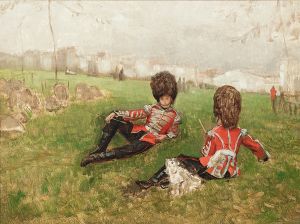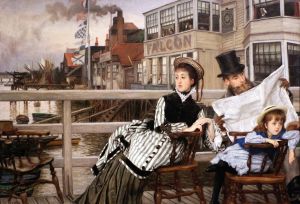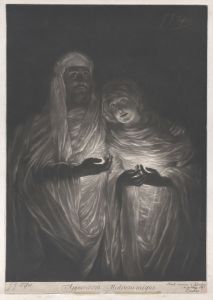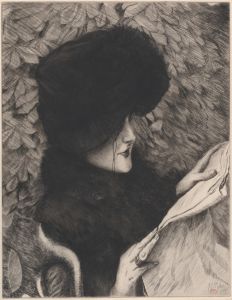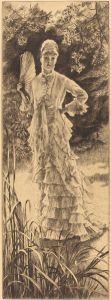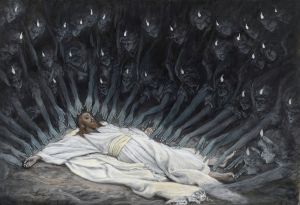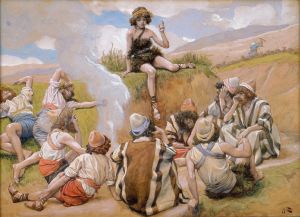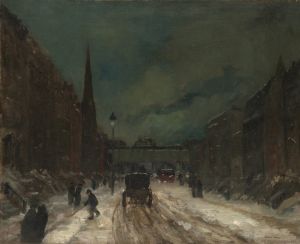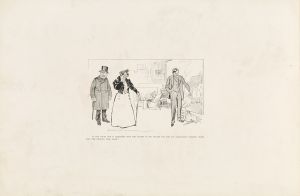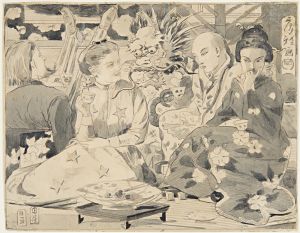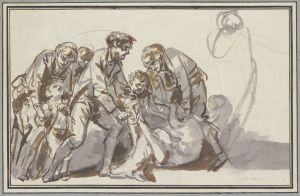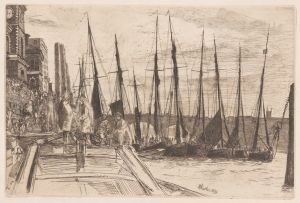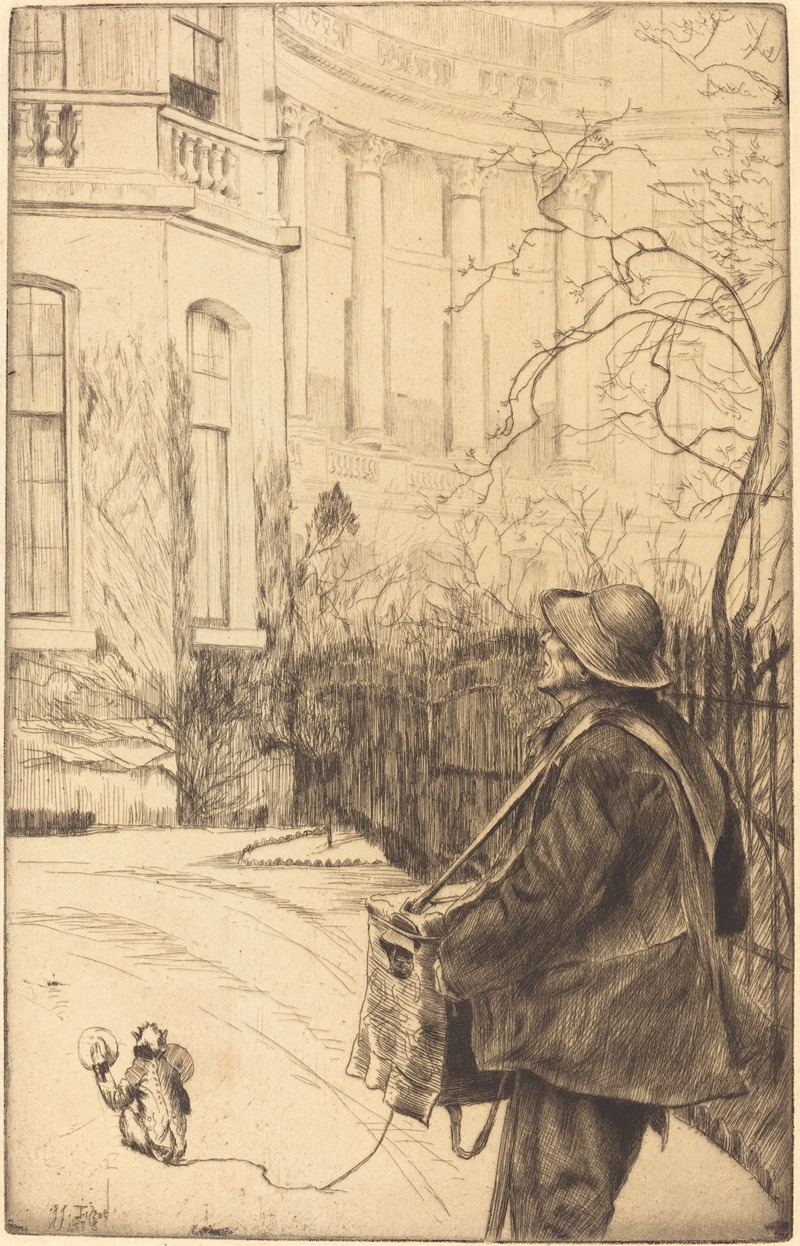
Le joueur d’orgue
A hand-painted replica of James Tissot’s masterpiece Le joueur d’orgue, meticulously crafted by professional artists to capture the true essence of the original. Each piece is created with museum-quality canvas and rare mineral pigments, carefully painted by experienced artists with delicate brushstrokes and rich, layered colors to perfectly recreate the texture of the original artwork. Unlike machine-printed reproductions, this hand-painted version brings the painting to life, infused with the artist’s emotions and skill in every stroke. Whether for personal collection or home decoration, it instantly elevates the artistic atmosphere of any space.
James Tissot's painting Le joueur d’orgue (The Organ Grinder) is a work created by the French artist Jacques Joseph Tissot, commonly known as James Tissot (1836–1902). Tissot was a prominent painter and illustrator of the 19th century, known for his detailed and often narrative-driven depictions of contemporary life, particularly scenes of the bourgeoisie and urban society.
Le joueur d’orgue portrays an organ grinder, a common figure in 19th-century European cities. Organ grinders were street musicians who played barrel organs, often accompanied by a monkey or other small animals, as they performed in public spaces to earn money. The painting reflects Tissot's interest in capturing the everyday life and characters of his time, as well as his skill in rendering textures, fabrics, and atmospheric details.
The exact date of the painting is not definitively documented, but it is believed to have been created during Tissot's early career in the 1860s or 1870s, a period when he was actively exploring themes of urban life and social commentary. The work is executed in oil on canvas, a medium Tissot frequently employed to achieve his characteristic precision and richness of color.
The composition of Le joueur d’orgue is notable for its attention to detail and its ability to convey a narrative. The organ grinder is depicted in a realistic and sympathetic manner, emphasizing the dignity and humanity of his profession. Tissot's use of light and shadow, as well as his meticulous depiction of clothing and surroundings, demonstrates his mastery of the realist style.
While Le joueur d’orgue is not among Tissot's most famous works, it is representative of his broader artistic interests and his ability to document the social fabric of his era. The painting is held in a private collection or museum, but specific details about its current location are not widely available.
James Tissot's career spanned several phases, including his time in Paris, his move to London during the Franco-Prussian War, and his later religious-themed works. Le joueur d’orgue belongs to the earlier part of his career, when he was focused on secular and societal themes.
Further information about the painting, including its provenance and exhibition history, is limited.






